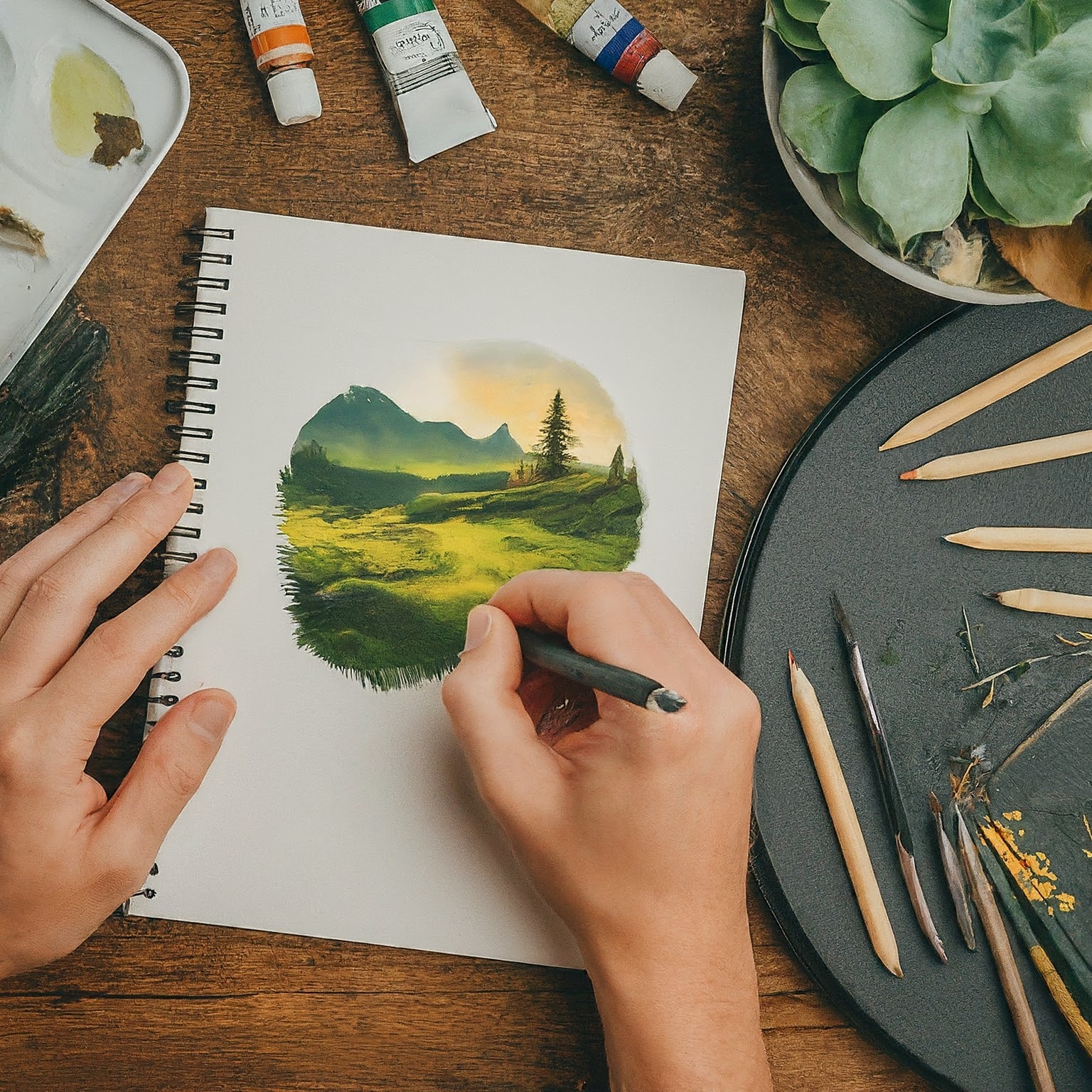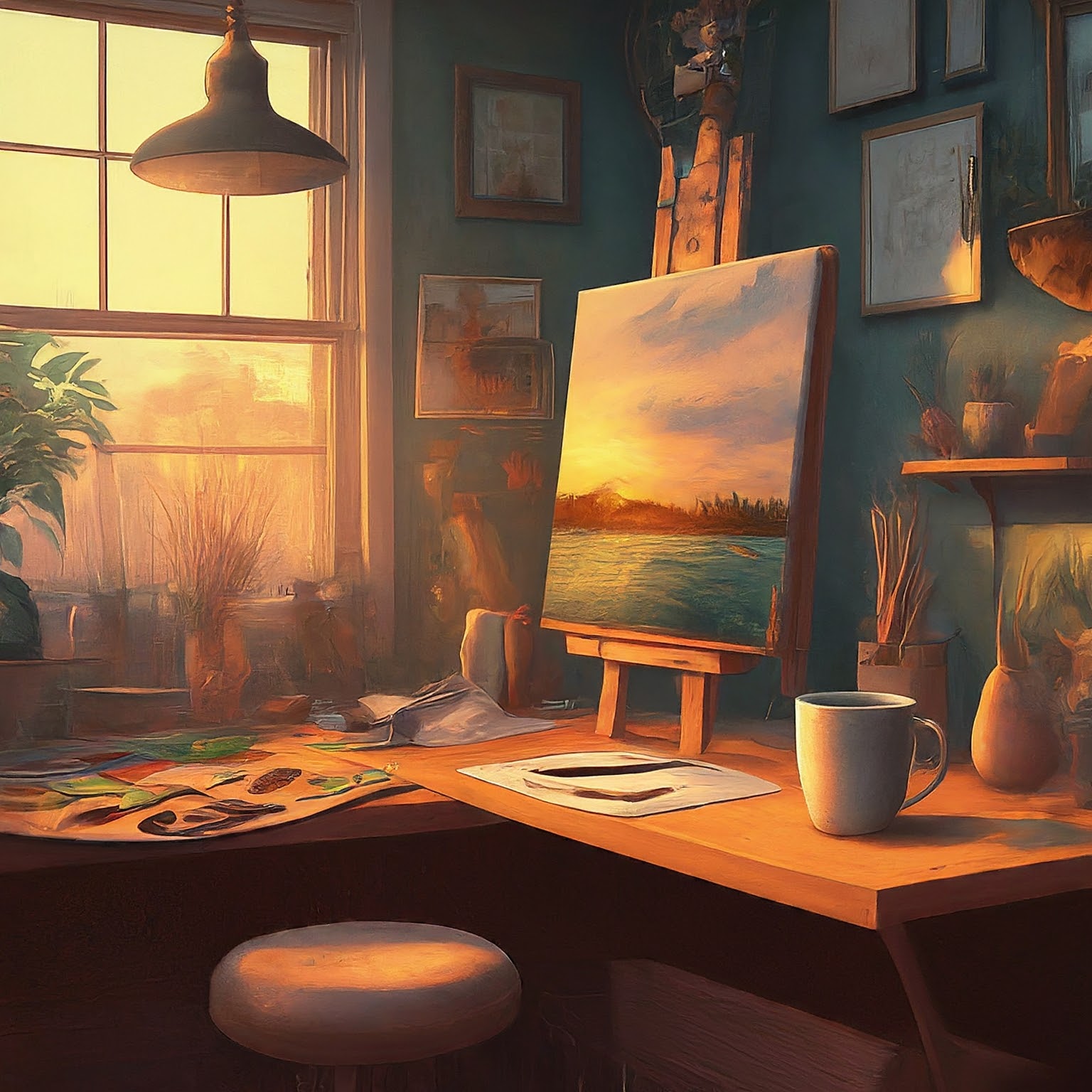Introduction
The canvas is no longer just a physical space. The digital art world has exploded in popularity, offering a dynamic and versatile platform for artists to bring their visions to life. From breathtaking concept art for blockbuster films to captivating character design for video games, digital artists are pushing the boundaries of creativity and storytelling. However, with this exciting new frontier comes a unique set of challenges. In this comprehensive guide, we’ll delve into the Challenges Faced by Digital Artists in 2024, exploring the obstacles they encounter and equipping them with valuable strategies to navigate them successfully.
The Enthralling Allure of Digital Art
Before we dive into the challenges, let’s celebrate the captivating aspects of digital art. Unlike traditional art forms, digital art offers a treasure trove of benefits:
- Unmatched Versatility: Imagine a world where a single software program can empower you to create anything from hyper-realistic portraits to fantastical 3D models. This is the magic of digital art. Artists can seamlessly explore a vast spectrum of styles and techniques, all within a digital environment.
- Flexibility for Experimentation: Made a mistake? No worries! The beauty of digital art lies in its inherent flexibility. Unlike traditional mediums where errors can be permanent, digital tools allow for effortless corrections and endless experimentation. This freedom fosters a continuous learning process and empowers artists to refine their work with ease.
- Accessibility for Everyone: The digital art world is no longer an exclusive club. Thanks to the affordability of hardware and software, coupled with a plethora of free and open-source options, anyone with a creative spark can embark on their digital art journey. This democratization of art creation has fostered a vibrant and diverse artistic community.

Challenges Faced by Digital Artists: Embracing the Climb
Despite its undeniable appeal, the digital art world presents a distinct set of hurdles. Here’s a closer look at some of the major Challenges Faced by Digital Artists in 2024:
- Taming the Tech Terrain: Mastering complex software programs like Adobe Photoshop, ZBrush, or Maya takes dedication and perseverance. Artists need to constantly learn new tools, techniques, and keep pace with the ever-evolving software landscape to remain competitive in the industry. Staying updated ensures they can leverage the latest advancements and create exceptional artwork.
- Battling Eye Strain and RSIs: Let’s face it, staring at a screen for extended periods can take a toll on your eyes. Digital artists are particularly susceptible to eye strain and Repetitive Strain Injuries (RSIs) in the hands and wrists due to the nature of their work. Practicing healthy ergonomics is crucial. This includes setting up a well-lit workspace with proper posture, taking frequent breaks to stretch and rest your eyes, and utilizing ergonomic tools like wrist rests and keyboard shortcuts.
- Forging Your Artistic Identity: The internet is a double-edged sword for artists. While it provides a wealth of inspiration, it can also be overwhelming. With countless artistic styles readily available online, it can be challenging for aspiring artists to carve their own unique niche and develop a recognizable style. The key lies in experimentation, finding personal inspiration beyond the digital realm, and allowing your individual artistic voice to shine through.
- Staying Motivated on the Solo Journey: The freelance nature of digital art can often lead to feelings of isolation. Self-doubt and creative block are real hurdles that can hinder progress. Building a strong support system is essential. This could involve connecting with other digital artists online or in your local area, participating in online forums or communities, and setting realistic goals to maintain momentum and celebrate achievements.
- The Art of Client Communication: Clear and effective communication is the cornerstone of a successful client-artist relationship. Artists need to actively listen to client feedback, ask clarifying questions to fully understand the project’s vision, and translate those concepts into exceptional artwork. Strong communication skills ensure client satisfaction and foster long-term collaborations.
- Standing Out in a Saturated Market: The digital art landscape is brimming with talented artists. To gain recognition and establish a thriving career, it’s imperative to develop strong marketing skills. Building a professional portfolio website and establishing a presence on social media platforms like Instagram, ArtStation, or Behance allows artists to showcase their work, connect with potential clients, and network within the industry

Conquering the Challenges: Your Digital Artist Toolkit
Now that we’ve explored the common Challenges Faced by Digital Artists, let’s equip you with the tools and strategies to overcome them and thrive in your creative journey.
- Embrace Continuous Learning: The digital art landscape is constantly evolving, and staying ahead of the curve is vital for success. Dedicate time to honing your skills and exploring new software functionalities, techniques, and industry trends. Numerous resources are available to fuel your learning journey:
- Online Tutorials: A plethora of online platforms offer in-depth tutorials on various digital art software and techniques. Websites like Skillshare, Udemy, and CreativeLive provide comprehensive courses taught by industry professionals.
- Workshops and Courses: Consider enrolling in workshops or courses offered by local art schools, online platforms, or industry leaders. This immersive learning experience allows for personalized feedback and interaction with experienced instructors.
- Artist Communities and Forums: Joining online communities or forums dedicated to digital art is a fantastic way to connect with fellow artists, share experiences, learn from each other, and stay updated on the latest trends and tools.
- Prioritize Ergonomics for a Healthy You: Taking care of your physical well-being is paramount for a sustainable and successful digital art career. Here are some key ergonomic practices to integrate into your workflow:
- Workspace Setup: Create a comfortable and well-lit workspace. Invest in an ergonomic chair with good lumbar support and adjust your monitor to an appropriate height to maintain proper posture.
- Frequent Breaks: Avoid extended periods of sitting. Set timers to remind yourself to take breaks every 30-45 minutes. During these breaks, get up, stretch, and rest your eyes by looking away from the screen and focusing on a distant object.
- Eye Care: Reduce eye strain by adjusting your screen brightness and contrast settings. Utilize software features like night mode or f.lux to reduce blue light emission, especially during evening hours. Consider using lubricating eye drops to prevent dryness and irritation.
Conclusion: A Rewarding Journey Awaits
The world of digital art offers a captivating blend of creative freedom and artistic challenges. By understanding the Challenges Faced by Digital Artists and actively implementing the strategies outlined above, you can equip yourself with the tools and mindset to overcome these hurdles and thrive in your creative journey. Remember, the path to success is paved with continuous learning, dedication to your craft, and a commitment to building a strong support system. Embrace the challenges, celebrate your achievements, and let your artistic voice shine through in the ever-evolving world of digital art.












